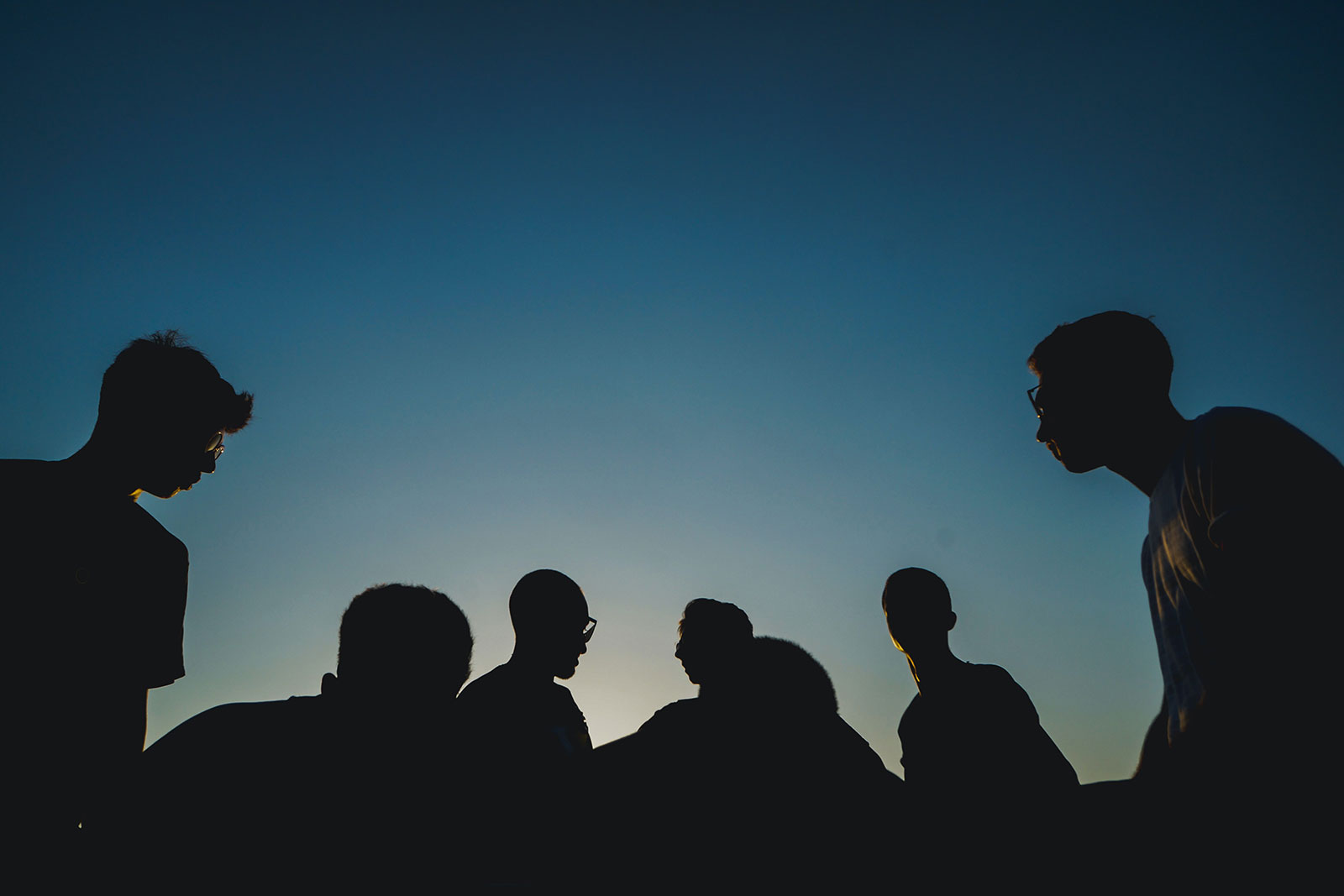Breast cancer is typically associated with women, but did you know that men can receive breast cancer diagnoses, too?
Lack of research and awareness of male breast cancer can have detrimental effects when it comes to prognosis and treatment. Though rare, with about 1 percent of all breast cancer cases in the U.S. occurring in men, the American Cancer Society estimates that about 530 men will die from the disease in 2021—a 25 percent higher mortality rate compared to breast cancer patients who are women.
“It is important to remember that men do have breast tissue that has the potential to become malignant, similarly to women, albeit much less commonly,” says Dr. Daniel Vorobiof, a renowned oncologist located in Johannesburg, South Africa.
For many men, breast tissue remains small and undeveloped. However, men may occasionally develop real breast gland tissue which can increase their likelihood of breast cancer.
There are a number of known factors that can lead to a breast cancer diagnosis in men, including older age—many men are diagnosed in their 60s—as well as exposure to estrogen through certain medications, obesity, heavy drinking and liver disease. The biggest risk factor, though, is based in genetics.
Men often don’t realize that they have the disease until it’s late stage.
“Inherited abnormal, or mutated, genes increase a man’s risk for breast cancer,” says Vorobiof. “Mutations in one of several genes, especially BRCA2, put males at greater risk of developing breast, prostate and pancreatic cancers, as well as malignant melanomas.” He adds that family history of breast cancer, both in women and men, can also play a role.
Intertwined with breast cancer awareness is the promotion of BRCA gene testing, a blood test that can detect the presence of DNA mutations that may increase the likelihood of breast and/or ovarian cancer. But this test is primarily marketed toward women, meaning many men who develop breast cancer may have never gotten it or weren’t aware that it was even an option in the first place.
“It is well known that approximately 5 to 10 percent of breast cancers in women are a result of a gene mutation. In men, that percentage is 40 percent,” Vorobiof says. “This shows the great importance of genetic testing for men diagnosed with breast cancer.”
Due to this lack of awareness about BRCA gene testing and of male breast cancer in general, men often don’t realize that they have the disease until it’s late stage. Symptoms of male breast cancer mirror those of female breast cancer, including a lump or swelling in the breast or underarm, breast redness, nipple discharge and nipple pain.
While a woman who experiences these symptoms may immediately make an appointment with her doctor, men tend to brush off such signs or not even notice them. As is the case with many cancer types, a delay in diagnosis of male breast cancer can be harmful and early detection is key for an optimistic prognosis.
“Usually, men do not seek medical attention until their breast mass or lump grows and becomes tender and uncomfortable,” says Vorobiof. “Many men, due to poor awareness, don’t think they can get it at all, ignoring some of the early symptoms.”
Even though many aspects of breast cancer are similar among genders, men historically weren’t offered the traditional breast cancer regimen provided to women, according to Johns Hopkins Medicine. Nowadays, doctors are applying their knowledge from treating female breast cancer to male cases.
Once diagnosed through a mammogram or biopsy, a lumpectomy may be performed for early-stage tumors, and men also often undergo mastectomies. Endocrine therapy, chemotherapy and radiation therapy are other options, but hormonal therapy has shown to be especially effective.
“Most metastatic male breast cancers are estrogen receptor-positive, and so combinations of antihormonal medications are usually used as first line treatments,” says Vorobiof. Such medications are used as adjuvant, or preventative, therapy for at least five years to limit risk of recurrence.
While these treatment options have proven successful for some patients, there is an increasing push to expand clinical studies and research to male breast cancer patients as cases in the U.S., Canada and the U.K. increase.
The World Journal of Surgical Oncology published a study that found that though many similarities exist between female and male breast cancer, it is “an acceptable fact that the phenotype, pathology, treatment, prognosis and survival of male breast cancer differ in some aspects with that of female breast cancer.”
Male and female breast cancers are definitely different in terms of histology and grading.
-Dr. Daniel Vorobiof
The study also concluded that “even though more data on risk factors is emerging about this disease, more multi-institutional efforts to pool data with large randomized trials to show treatment and survival benefits are needed to support the existing vast emerging knowledge about the disease.”
In 2006, the International Male Breast Cancer Program was created to do just that. Coordinated by a number of oncology groups in the U.S. and Europe, the program aims to better understand the independent biology and evolution of male breast cancer to improve treatments.
“This program is conducted simultaneously in Europe, the U.S., and South America, and has shown that male and female breast cancers are definitely different in terms of histology and grading,” says Vorobiof. In one study by the program, researchers used RNA sequencing on 152 tumor samples from male breast cancer patients, identifying five subtypes of male breast cancer with various gene profiles. This indicated “a breast cancer subtype occurring exclusively in men that needs to be better characterized,” says Vorobiof, adding that many questions still remain.
As research and awareness grows, health care professionals should be vigilant in recognizing known risk factors in patients and encourage genetic testing and self-exams. While there is no known way to fully prevent breast cancer, Vorobiof stresses that being proactive in your health, such as maintaining a healthy weight and limiting alcohol intake, is key to reducing your risk as the landscape in male breast cancer continues to evolve.
“More work is required to further clarify biological and molecular conditions, risks and benefits of specific treatments and the quality of life for every patient,” says Vorobiof. “Hopefully, future research will develop interventions in improving the prognosis of men in this unique and understudied population.”
Dr. Daniel Vorobiof is an oncologist and the medical director of Belong.Life, a developer of social and professional networks for managing and navigating treatments, and the creator of the world’s largest social network and navigator app for cancer patients, “Belong – Beating Cancer Together.” He is the founder and former medical director of the Sandton Oncology Centre in Johannesburg and has published more than 120 peer-reviewed articles in international medical journals.






